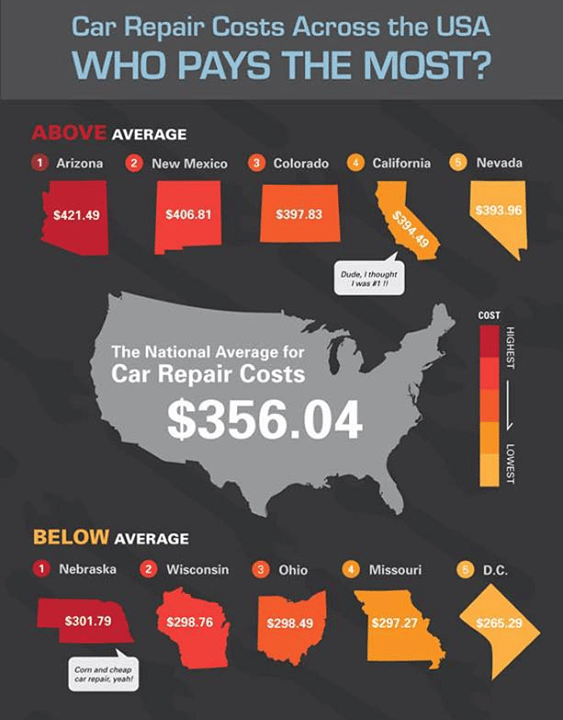Eager To Recognize What The Control Panel Warning Lights In Your Cars And Truck Indicate? Discover Their Meanings For The Wellness And Security Of Your Automobile
Eager To Recognize What The Control Panel Warning Lights In Your Cars And Truck Indicate? Discover Their Meanings For The Wellness And Security Of Your Automobile
Blog Article
Authored By-Higgins Corbett
When you lag the wheel, those radiant warning lights on your dashboard can be a little bit puzzling. Do you know what they're trying to inform you about your vehicle's health and wellness? Understanding the significance of these lights is crucial for your security and the long life of your vehicle. So, the next time one of those lights appears, would not you intend to decipher its message properly and take the required actions to resolve it?
Common Caution Lights and Interpretations
Identify typical warning lights in your cars and truck and recognize their definitions to ensure safe driving.
One of the most common caution lights consist of the check engine light, which indicates problems with the engine or emissions system. If this light comes on, it's essential to have your vehicle examined without delay.
The oil pressure warning light suggests low oil pressure, needing immediate interest to prevent engine damage.
A flashing battery light may suggest a damaged charging system, potentially leaving you stranded otherwise attended to.
The tire pressure surveillance system (TPMS) light signals you to low tire pressure, impacting vehicle stability and gas efficiency. Disregarding carvaletnearme could result in harmful driving problems.
The abdominal light indicates a trouble with the anti-lock braking system, jeopardizing your capability to quit promptly in emergencies.
Finally, the coolant temperature level cautioning light warns of engine overheating, which can result in severe damages otherwise solved promptly.
Comprehending these typical caution lights will help you resolve issues promptly and keep secure driving problems.
Relevance of Prompt Attention
Understanding the common caution lights in your auto is just the primary step; the relevance of promptly resolving these cautions can't be highlighted enough to guarantee your security on the road.
When a caution light illuminates on your control panel, it's your cars and truck's means of communicating a potential issue that requires attention. Disregarding these cautions can bring about a lot more serious problems in the future, compromising your safety and security and potentially costing you extra out of commission.
Trigger attention to alerting lights can prevent break downs and crashes. For example, a blinking check engine light could indicate a misfire that, if left neglected, might create damage to the catalytic converter. Resolving this without delay can conserve you from a pricey repair service.
Similarly, a brake system warning light might signal low brake liquid or worn brake pads, vital components for your safety and security when driving.
Do It Yourself Troubleshooting Tips
If you discover a warning light on your dashboard, there are a few do it yourself troubleshooting suggestions you can try prior to seeking specialist help.
The primary step is to consult your cars and truck's handbook to recognize what the details warning light shows. Often the concern can be as easy as a loosened gas cap triggering the check engine light. Tightening the gas cap may fix the problem.
https://www.aarp.org/auto/car-maintenance-safety/info-2021/diy-maintenance.html is a reduced battery, which can cause numerous warning lights. Checking the battery connections for corrosion and guaranteeing they're protected might take care of the trouble.
If a warning light lingers, you can attempt resetting it by disconnecting the vehicle's battery for a few minutes and after that reconnecting it. In addition, examining your automobile's liquid degrees, such as oil, coolant, and brake fluid, can assist troubleshoot alerting lights associated with these systems.
Verdict
In conclusion, understanding your car's caution lights is crucial for maintaining your vehicle running smoothly and safely. By immediately resolving these alerts and knowing what they indicate, you can prevent costly repairs and possible break downs.
Remember to consult car seat cleaning for specific information on each warning light and take action appropriately to make certain a hassle-free driving experience.
Remain informed, stay secure on the road!
